In the workshops of Maison Bordier, the atmosphere is both that of the brigade of a Palace and that of the watchmaking workshop. Everyone is in their place;
the precise gestures follow an intimate knowledge inspired by experience and very high standards. The heart and the hand inspire each stage of the creation.
In the butter workshop, kneading and salting require strength and delicacy. Finding the correct balance of flavours and textures is a matter of intuition and experience.
Craftsmanship accompanies and transforms the raw material to make it a precious material.
The know-how and the feeling dictate the beauty and the accuracy of the gesture.
Bordier Butter

The beautiful story of Bordier butter
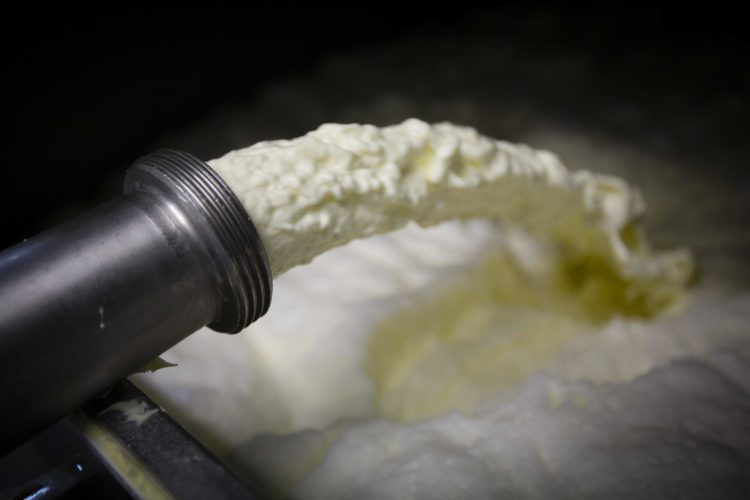
Churned butter : the raw material
To make excellent butter, you need excellent milk. The one that Maison Bordier uses comes exclusively from human-scale farms producing organic milk within 100 kilometers of the processing workshop, between Brittany, Normandy and Pays de la Loire. Bordier Butter is made from churned butter processed in Noyal sur Vilaine by the Olga Dairy.
Butter is a living material, which changes significantly with the seasons and the diet of the herds that provide the milk. Paler and crumbly in February, the butter is softer and silkier in texture in the springtime. The palette of colours and aromas also changes with the seasons.
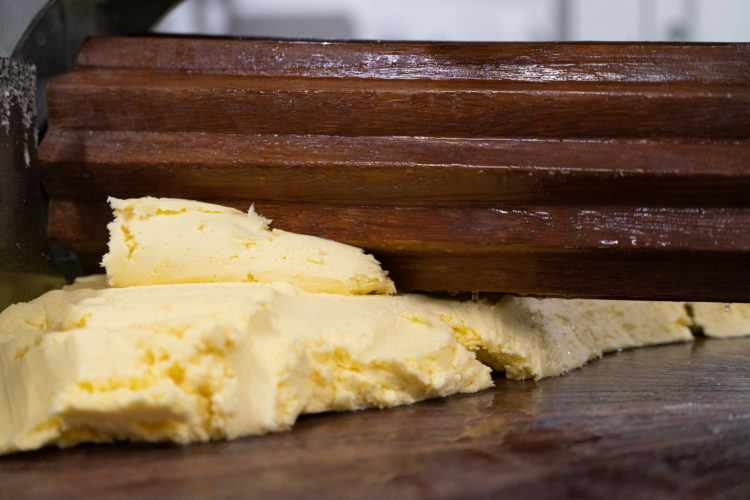

Kneading the butter
It is a work full of strength and delicacy and the founding gesture of Bordier Butter.
The soft butter churned the day before is deposited on the kneader, a simple wheel articulated by a splined wooden screw, and kneaded while the wooden screw gradually flattens it. During the course of the passages, the lump of butter unfolds like a fan and softens little by little. The link between man and machine begins as a hand-to-hand fight and ends like a dance, in a gesture that is physical and sensual at the same time. The gesture of the hand and the action of the machine are reproduced until the butter acquires the desired silky texture as well as a great aromatic complexity.
The gestures, the scents, the colours also evoke the world of pastry, of the dough that is kneaded, of the material that comes alive and takes shape under the gaze and the hand of the craftsman.
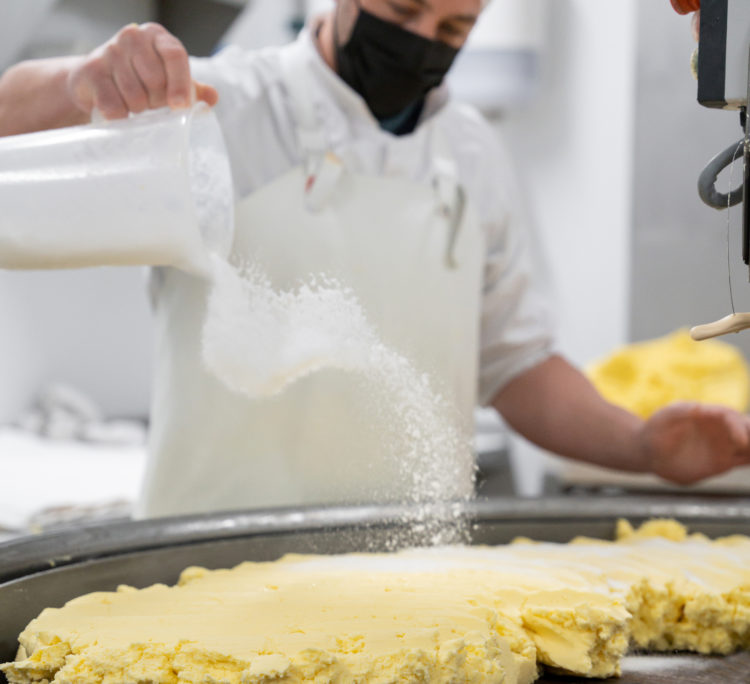

Salting on the move
During kneading, the butter is salted on the move with fine salt. The effect is unique. When the butter is crushed by the screw of the kneader, the fat treats the salt as a foreign element and therefore rejects the water it retained.
Jean-Yves Bordier used to say: “When my butter cries, it sings”.
The time required for kneading varies depending on the season. But the person who carries out this task will have served a three-year apprenticeship to master not only the technical gestures but also the sensitive intelligence of the eye and the hand.


Tapping and shaping the butter
After kneading and salting, the butter is shaped into lumps by hand and then broken into pieces to preserve the integrity of the material.
Butter tapping is carried out with titanium paddles. This ancestral gesture, all in dexterity and precision, signs the qualitative requirement of the product but also of the service of Maison Bordier. The aim is to preserve the texture of the product and to offer a variety of shapes and sizes to different clients. The stamp cabinet brings together the hallmarks of the different Big Houses, which are directly stamped on the butter as the ultimate sign that the product has been made to measure.
Shaping is an important step in making Bordier Butter. On the wooden tables, the men and women of the workshop shape the butter into slabs but also into cones or other shapes, according to the clients’ specific requests. The gesture resembles that of the cook who slices, cuts, shapes with a quick and precise stroke. The wooden stamp imprints its random pattern on the butter, like the trace of a brush or the movement of the wave.
Again, the gestures are precise and effective.


Flavoured butters
The collection of flavoured Bordier Butter testifies to the intimate, founding and gourmet link of the Maison with the world of haute cuisine and its chefs.
In 1986, Jean-Yves Bordier returned from the market with a brill on its seaweed bed. He improvised a seaweed duxelles with semi-salted butter that he placed on the cooked fillets. The obvious prevailed. The iodised notes, the coloured nuances signed a unique and magnificent culinary pairing.
Since then, it is sometimes under the guidance of a Chef or after a meeting with an ingredient producer that creative recipes come about. Some recipes are so obvious that they are created in just a few hours, others are more complex and take months or even years to achieve the harmony between the typicality of Beurre Bordier and the power or finesse of the ingredient.
Always a challenge, a desire and a new story to be shared.
Artisan Butter Maker and Cheese Ripener
We cultivate in our workshops a taste for the finest raw materials,
inspired by the best that nature offers us.
Do you want to sell or use our products?
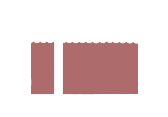
Would you like to find a sales outlet near you?
A question? A request?
Our teams are there to support you and to answer your questions.
Let’s create a partnership of trust together
